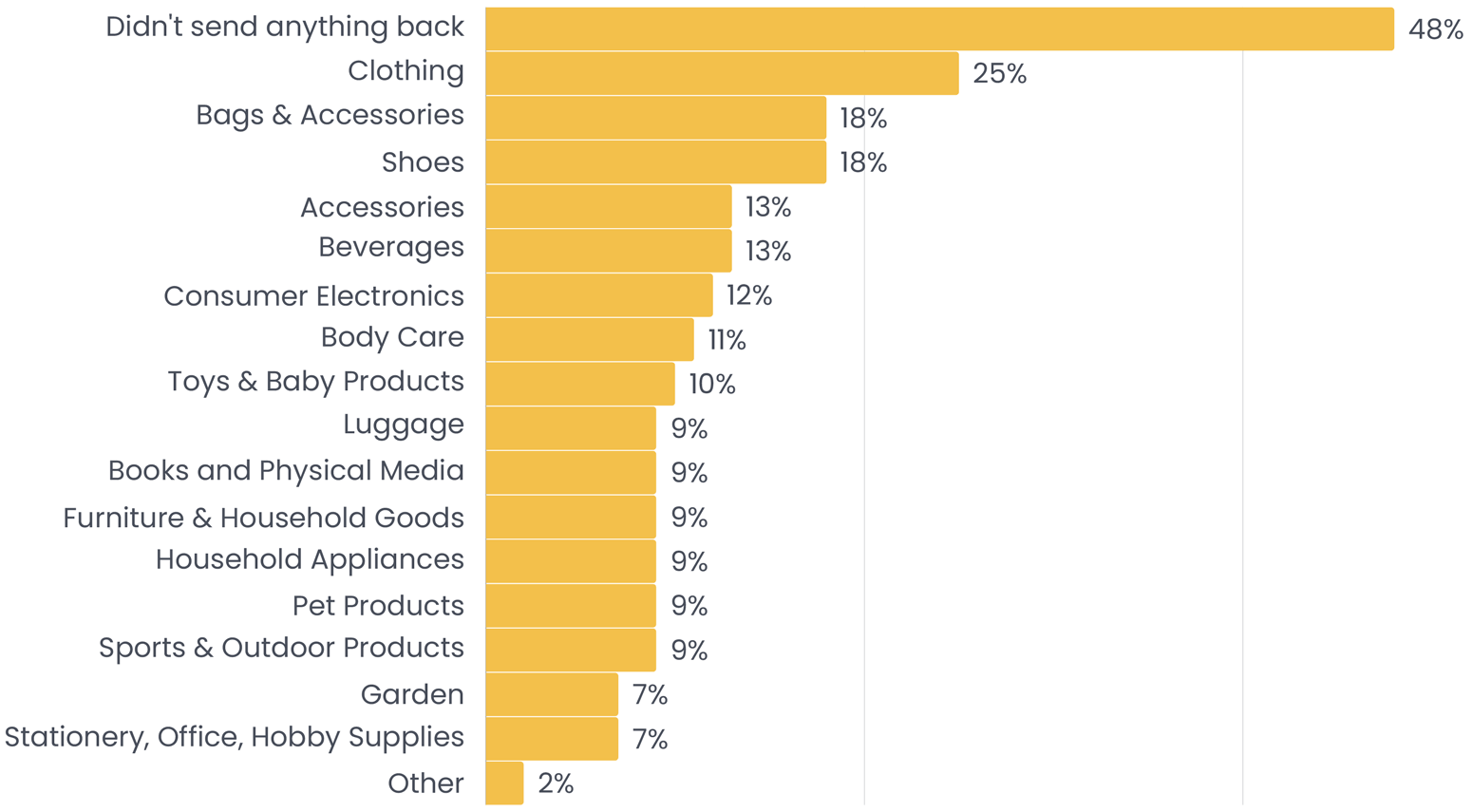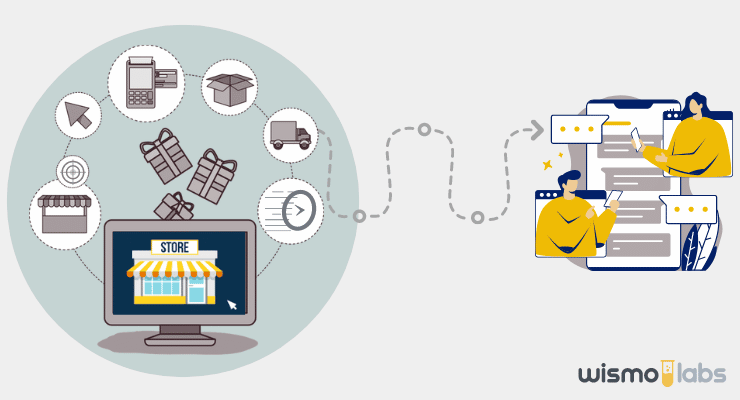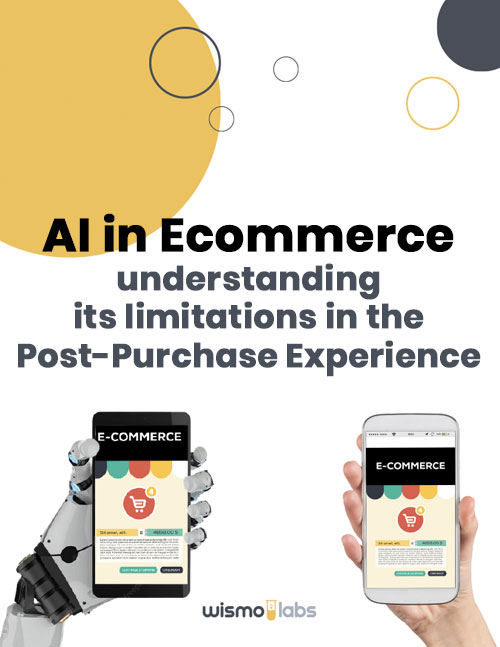Managing returns efficiently is important for customer satisfaction and business success. As online shopping grows, combining in-store and online returns has become necessary. This guide will show you how to create a smooth returns experience for your customers, no matter where they bought their items.
Key Points on Retail Returns Management
- Average return rate for online purchases is 20-30%, compared to 8-10% for in-store purchases
- Total merchandise returns in the U.S. exceeded $816 billion in 2022
- Apparel has the highest return rate at 26%, followed by home goods at 12%
- 62% of shoppers are more likely to buy online if they can return in-store
- 76% of first-time customers who have an easy return experience will shop with the retailer again
- Retailers lose an average of 66% of the original item’s price when processing a return
- Implementing a good returns management system can improve customer satisfaction and reduce costs
- Offering multiple return options (in-store, mail, drop-off points) gives customers flexibility
- Using data analytics can help improve the returns process and gain business intelligence
- Focusing on sustainability in returns management is becoming more important
Understanding the Challenges of Online Returns
Online returns can be tricky for stores. People return online purchases more often than in-store buys. Usually, 20% to 30% of online purchases are returned, while only 8-10% of in-store purchases come back. This can really affect a store’s profits.
One big reason for all these online returns is that customers can’t touch or try on products before buying. This can lead to problems like wrong sizes, colors not matching expectations, or items not being what customers thought they’d be. Some people even order multiple sizes or styles, planning to return the ones that don’t fit or look right.

Dealing with returns can cost stores a lot of money. On average, a return costs a store about 66% of the product’s original price. This includes costs for shipping, processing, and putting items back on shelves. That’s why managing returns well is really important to keep costs down while keeping customers happy.
Benefits of Integrating In-Store and Online Returns
Combining in-store and online returns is good for both stores and customers. Customers get more choices and convenience. They can pick how they want to return something, like bringing an online purchase back to a physical store or mailing back something they bought in a store.
For stores, this combination can make things work better. Letting customers return online purchases in-store can save money on shipping returns. It also gives stores a chance to maybe save the sale by offering exchanges or store credit, which helps keep the money in the store.

Plus, a combined returns system can give stores useful information. By tracking returns from all ways of shopping, stores can spot patterns and trends. This helps them make smart decisions about what to stock, how to design products, and how to market them. Making returns easy for customers can also make them more likely to shop with the store again.
Strategies for Implementing an Integrated Returns System
Setting up a system that handles both in-store and online returns needs careful planning. Here are some important things to think about:
- Use Technology: Get a good returns management system that can handle returns from both stores and online. It should be able to keep track of all returns and update inventory in real-time.
- Train Employees: Make sure store staff know how to handle online returns. They should be able to process these returns quickly and give great customer service.
- Clear Communication: Make your return policy easy to understand and find, no matter how customers are shopping. They should know exactly what to expect when returning something.
- Offer Different Return Options: Give customers choices for returns, like bringing items to stores, mailing them back, or using convenient drop-off spots.
- Make It Simple: Try to make returns as easy as possible. Maybe use QR codes to start returns quickly or include return labels with online orders.
- Look at Return Data: Regularly check information about returns to see if there are patterns or ways to improve your products or how you handle returns.

Using self-service return options can make things much easier for both customers and stores. These could include online return portals, returns using QR codes, and automatic refund processing.
Making Returns Better for Customers Across All Shopping Channels
Creating a good experience for customers during returns is really important. Here are some ways to make returns better for customers, no matter how they shop:
- Make the return process as easy and straightforward as possible
- Offer free returns when you can, as this can make customers happier and more likely to shop again
- Give refunds or exchanges quickly to keep customers’ trust
- Use what customers say about returns to make your products and services better
- Have a return policy that’s easy and builds trust with customers
- For online purchases returned to stores, try to give refunds right away to make customers happy
- Give clear instructions and anything needed (like return labels) to make returns easy

Remember, returns are an important part of shopping online. A good return experience can turn a possibly negative situation into a chance to make customers want to shop with you again.
Using Data to Manage Returns Better
Using data to understand returns is really helpful. By looking at information about returns, stores can learn a lot about what customers like, how products are doing, and how to make things work better. Here’s how you can use data to manage returns:
- Look at Why Items are Returned: Understand the reasons customers give for returns. This can help find problems with product quality, sizing, or descriptions.
- Find Return Patterns: See if certain products are returned more often or if returns happen more at certain times of the year.
- Group Customers: Use return information to group customers. This can help make return policies and marketing better for different groups.
- Predict Future Returns: Use past data to guess how many returns might happen in the future and plan for it.
- Manage Stock Better: Use return data to keep the right amount of products in stock and avoid having too much.
- Spot Return Fraud: Use data to find patterns that might show someone is trying to cheat with returns.
Using data can help stores make smart choices to have fewer returns, make customers happier, and manage their stock better. Doing things to keep customers after they buy based on this information can really help keep customers coming back.
Good Ways to Handle Returns That Are Good for the Environment
As more and more items are being returned, it’s important for stores to think about how returns affect the environment. Here are some good ways to handle returns that are better for the planet:
- Use packaging for returns that’s good for the environment
- Plan return shipping to use less fuel and create less pollution
- Think about giving returned items that can’t be sold to local charities
- Teach customers about how returns affect the environment and encourage them to shop responsibly
- Start a program to sell gently used returned items
- Use data to try to stop unnecessary returns before they happen
- Work with shipping companies that care about the environment for return shipments

By focusing on making customers happy with their purchases and doing things that are good for the environment, stores can have fewer unnecessary returns and help the planet.
Future Trends in Managing Returns
The way stores handle returns is always changing because of new technology and what customers expect. Here are some future trends to watch for:
- Using AI to Prevent Returns: Smart computer programs can help stop returns by suggesting better products and giving better descriptions.
- Blockchain for Clear Information: This technology can make the return process more open, reducing cheating and making it easier to track items.
- Virtual Try-Ons with Augmented Reality: This tech lets customers see how products look on them before buying, which could mean fewer returns because of size or fit issues.
- Robots Processing Returns: Advanced robots in warehouses can make handling returns faster and cheaper.
- Personal Return Policies: Using customer information to offer different return policies based on how people shop.
- Eco-Friendly Packaging: Creating new packaging that’s good for the environment and easy to reuse for returns.

As these technologies get better, they’ll be more important in keeping customers happy after they buy. Stores that use these new ideas will be able to handle returns better and stand out from other stores.
Conclusion
Combining in-store and online returns is now a must for stores. By setting up a good system for handling all types of returns, stores can make customers happier, save money, and learn more about their business.
The key is to make returns easy for customers while also thinking about how it affects the store and the environment. By using technology, looking at data, and being eco-friendly, stores can turn the challenge of returns into a way to keep customers coming back and help the business grow.
As shopping keeps changing, it’s important for stores to be ready to try new technologies and ideas. By always working to make returns better, stores can stay competitive and focused on what customers want in the changing world of shopping. The future of handling returns looks exciting, with new technologies like AI, blockchain, and augmented reality set to make returns easier, more open, and better for the environment for both stores and shoppers.



